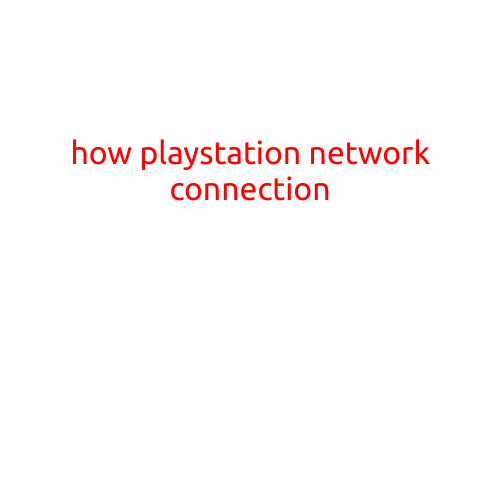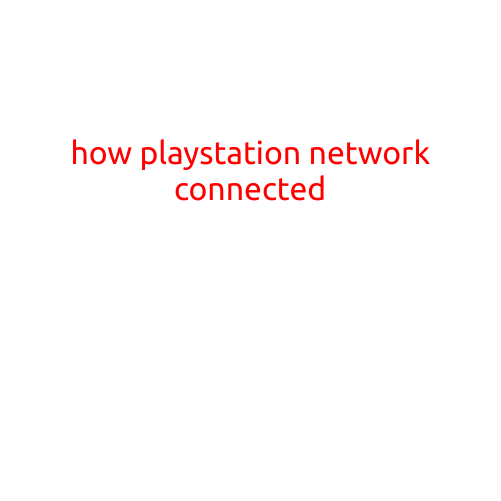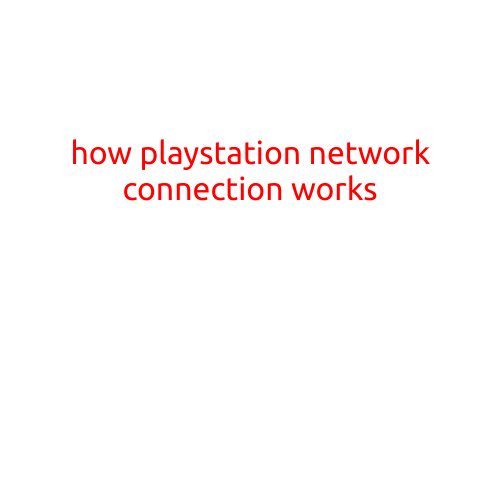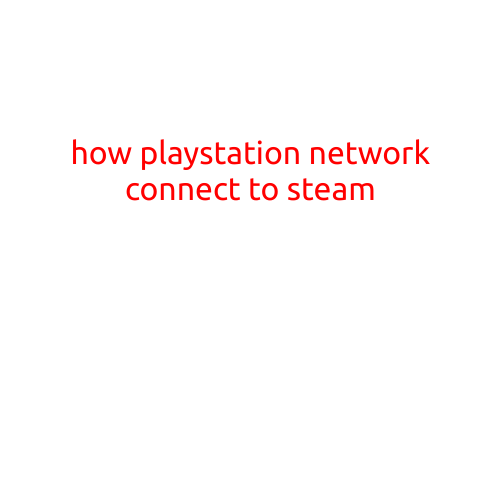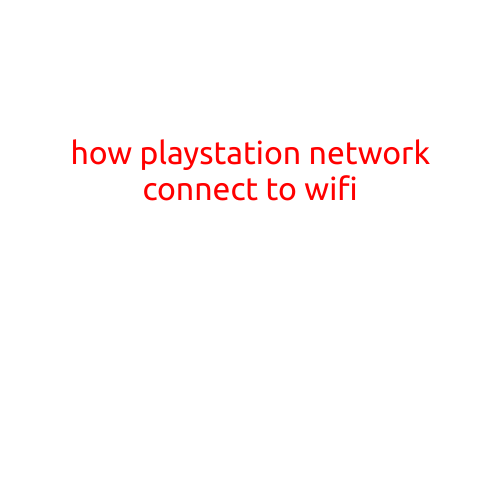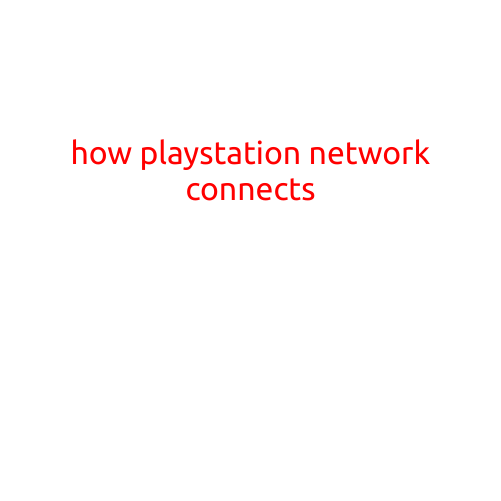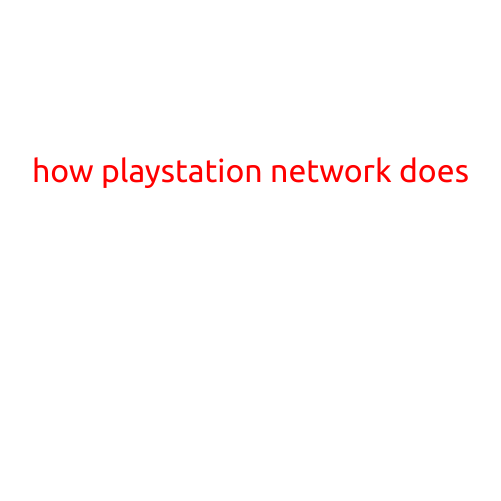
How PlayStation Network (PSN) Operates: A Behind-the-Scenes Look
The PlayStation Network (PSN) is the online gaming service provided by Sony Interactive Entertainment (SIE) for its PlayStation consoles. Launched in 2006, PSN has become an essential component of the gaming experience for millions of PlayStation fans around the world. In this article, we’ll take a closer look at how PSN operates, from user authentication to online multiplayer gaming.
User Authentication
When you create a PSN account, you provide personal information such as your name, email address, and password. This information is stored on Sony’s servers, where it is used to verify your identity when you attempt to log in to the network. PSN uses a secure authentication system, which ensures that only authorized users can access their accounts.
Login Process
When you enter your login credentials, the PSN server checks them against the stored information. If the details match, the server sends a unique session ID to your console, which is used to authenticate your login. This session ID is valid for a limited period, usually several minutes, and is renewed periodically to prevent unauthorized access.
Server and Infrastructure
PSN’s infrastructure is a complex network of servers and data centers spread across the globe. These servers are responsible for handling thousands of concurrent connections, data storage, and communication between users. The main components of PSN’s infrastructure include:
- Login Server: Authenticates user logins and provides session IDs.
- Matchmaking Server: Facilitates online multiplayer sessions by matching users with available games and servers.
- -game Servers: Host game servers, which manage game sessions and communicate with the matchmaking server.
- Data Centers: Store user data, game content, and other critical information.
Online Multiplayer Gaming
When you join an online multiplayer game, your console communicates with the game server to establish a connection. The game server then assigns you a unique identifier and the game begins. PSN uses several technologies to ensure a seamless online gaming experience, including:
- TCP/IP: Transfers data between the console and game server using the Transmission Control Protocol/Internet Protocol.
- UDP: Transfers game data, such as player positions and actions, using the User Datagram Protocol.
- Latency Management: Minimizes latency by prioritizing game data and using various algorithms to optimize packet loss and delay.
Content Download and Management
PSN provides a range of digital content, including games, demos, and add-ons. When you purchase or download content, it is stored on your console and can be streamed directly from the PSN server. PSN’s content management system includes:
- Content Server: Distributes content to users and manages licensing agreements.
- Game Management: Manages game updates, patches, and installations.
Security Measures
PSN has a range of security measures in place to protect user data and prevent hacking. These include:
- Encryption: Encrypts sensitive data, such as login credentials and game data.
- Firewalls: Blocks unauthorized access to PSN’s infrastructure.
- Regular Security Audits: Monitors the network for vulnerabilities and updates security protocols.
Conclusion
PSN is a complex and sophisticated online gaming service that requires careful planning, execution, and maintenance. By understanding how PSN operates, we can appreciate the technological feats that make online gaming possible. Whether you’re a casual gamer or a hardcore enthusiast, PSN provides a platform for millions of users to connect, play, and enjoy their favorite games.
